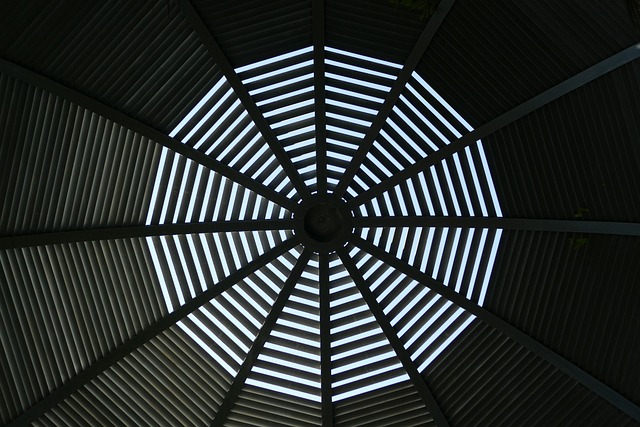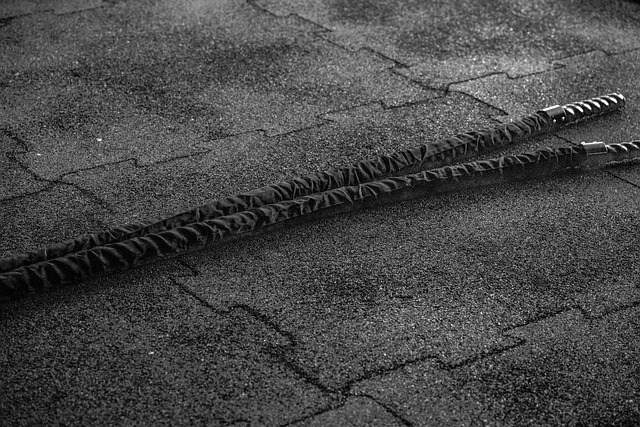Guide to Installing Glue Laminated Beams: Structure & Longevity

Glue Laminated Beams (GLBs) are high-performance structural components made by bonding multiple layers of wood veneers with strong adhesives. They off…….
In the realm of construction and engineering, the concept of Glue Laminated Beams has emerged as a revolutionary technology, offering enhanced structural integrity and design flexibility. This innovative method involves bonding multiple layers of wood or other materials together using advanced adhesives, creating beams with exceptional strength and stability. In this comprehensive article, we will embark on a journey to unravel the intricacies of Glue Laminated Beam Definition, its global impact, and its potential to shape the future of construction. By the end, readers will grasp the significance of this technology and its role in transforming the built environment.
Glue Laminated Beam (GLB) definition centers around a specialized manufacturing process that combines engineering precision with natural material properties. It begins with selecting high-quality wood veneers or strips, which are then carefully layered and glued together under controlled conditions. The core components include:
The concept of laminating materials for structural applications dates back centuries, with early forms appearing in naval shipbuilding. However, modern Glue Laminated Beam technology emerged as a response to the need for lighter, stronger structures in construction. In the late 20th century, advancements in adhesive science and wood processing techniques revolutionized GLB manufacturing, making it a viable alternative to traditional solid wood or steel beams.
GLBs offer several advantages that have made them a preferred choice in modern construction:
Glue Laminated Beams have gained global recognition and widespread adoption, with significant variations in regional applications:
The global Glue Laminated Beam market has experienced steady growth due to its integration across various construction sectors:
| Sector | Market Share (%) | Growth Rate (2020-2027) |
|---|---|---|
| Residential | 45 | 5.2% |
| Commercial | 30 | 6.1% |
| Industrial | 15 | 8.9% |
| Others | 10 | 3.4% |
GLBs can be more cost-effective than traditional steel or solid wood beams due to:
Adhesive technology is a key driver of GLB advancements, with researchers developing:
Digital technologies are transforming GLB production:
Emerging technologies like Nanotechnology and Biomimicry hold promise for further enhancing GLB performance:
Several international organizations and national bodies oversee GLB manufacturing and construction:
One primary challenge is managing public perception regarding GLB structural integrity, stemming from early concerns about potential failure modes. However, extensive research and real-world applications have proven their reliability:
Solution: Rigorous testing, quality control measures, and transparent communication about GLB capabilities can allay fears and educate stakeholders.
Despite sustainability being a core advantage, some critics argue that the adhesive manufacturing process may introduce environmental impacts. To counter this:
Strategy: Developers should focus on using eco-friendly adhesives and promoting recycling programs for glues and residual materials.
Initial higher costs can deter small-scale projects from adopting GLBs. To overcome this:
Approach: Incentives, government grants, and industry collaborations can drive down costs and encourage wider adoption, especially in affordable housing initiatives.
This iconic residential skyscraper showcases the potential of GLBs in high-rise construction. Using advanced GLB technology, developers created a lightweight, yet strong structure that reduced overall material requirements by 20%. The project’s success lies in its seamless integration of aesthetics and structural efficiency, setting a new benchmark for sustainable high-rise design.
EcoVillage is an award-winning community development project emphasizing sustainability and eco-friendly construction practices. GLBs were integral to achieving their vision, providing strong, lightweight structures for residential units while minimizing environmental impact. The project’s success has inspired similar initiatives worldwide.
A recent renovation of a historic bridge in Paris utilized GLBs to replace outdated steel beams. This approach offered several benefits: reduced maintenance costs, improved structural integrity, and minimal disruption during the renovation process. The project highlights the versatility of GLBs in both new construction and infrastructure upgrades.
Glue Laminated Beams have emerged as a game-changer in the construction industry, offering exceptional structural performance, design flexibility, and sustainability advantages. As the global community grapples with urbanization, climate change, and the need for eco-friendly buildings, GLBs stand to play a pivotal role in shaping the future of construction. By addressing challenges, embracing technological advancements, and adhering to responsible practices, this technology promises to elevate the built environment while minimizing its environmental footprint.
Q: Are Glue Laminated Beams stronger than traditional solid wood beams?
A: Yes, GLBs typically offer superior strength-to-weight ratios due to their multi-layered structure and advanced adhesives. They can support heavier loads with less material.
Q: How do GLBs contribute to sustainable construction?
A: GLBs are often made from fast-growing woods, reducing the environmental impact of deforestation. Additionally, their longevity and reduced maintenance needs lower life cycle costs, making them an eco-friendly choice.
Q: Can GLBs be used in traditional timber frame construction?
A: Absolutely! GLBs can be incorporated into traditional timber frames, offering enhanced structural integrity and design flexibility while retaining the aesthetic appeal of natural wood.
Q: Are there any health or safety risks associated with GLB manufacturing?
A: Proper manufacturing practices and adherence to safety standards minimize health risks. Adhesive manufacturers ensure their products meet safety guidelines, and proper handling procedures should be followed during installation.
Q: Can GLBs be recycled or reused?
A: While individual components may not always be recyclable, the adhesive and residual materials can often be processed for recycling. Developers should implement recycling programs to minimize waste and promote sustainability.

Glue Laminated Beams (GLBs) are high-performance structural components made by bonding multiple layers of wood veneers with strong adhesives. They off…….

Glue Laminated Beams (GLBs) are advanced construction elements created by bonding multiple layers of wood with adhesives, offering superior strength,…….

Glue laminated beams (GLBs), strong and stable engineered wood products, enhance structural integrity with multi-layered bonding. They offer sustainab…….

Glue Laminated Beams (GLBs) are structural elements made by bonding multiple layers of wood with adhesive, offering high strength-to-weight ratios for…….

Glue laminated beams (GLBs) are engineered wood products with enhanced strength and structural integrity through lamination. Ideal for long spans or l…….

Glue laminated beams (GLBs), strong and stable engineered wood products with adhesive bonding, offer advantages over solid timber for construction and…….

Glue laminated beams (GLBs), engineered from bonded wood veneers, offer superior strength and environmental benefits. With exceptional dimensional sta…….

Glue Laminated Beams (GLBs) are engineered wood structures with superior strength, offering a sustainable and cost-effective alternative to steel in c…….

Glue laminated beams (GLBs), made by bonding multiple wood layers with advanced adhesives, offer exceptional strength and durability for residential a…….

Glue laminated beams (GLBs), made by gluing wood veneers, offer strength, eco-friendliness, and affordability over steel/concrete. Accessible online w…….